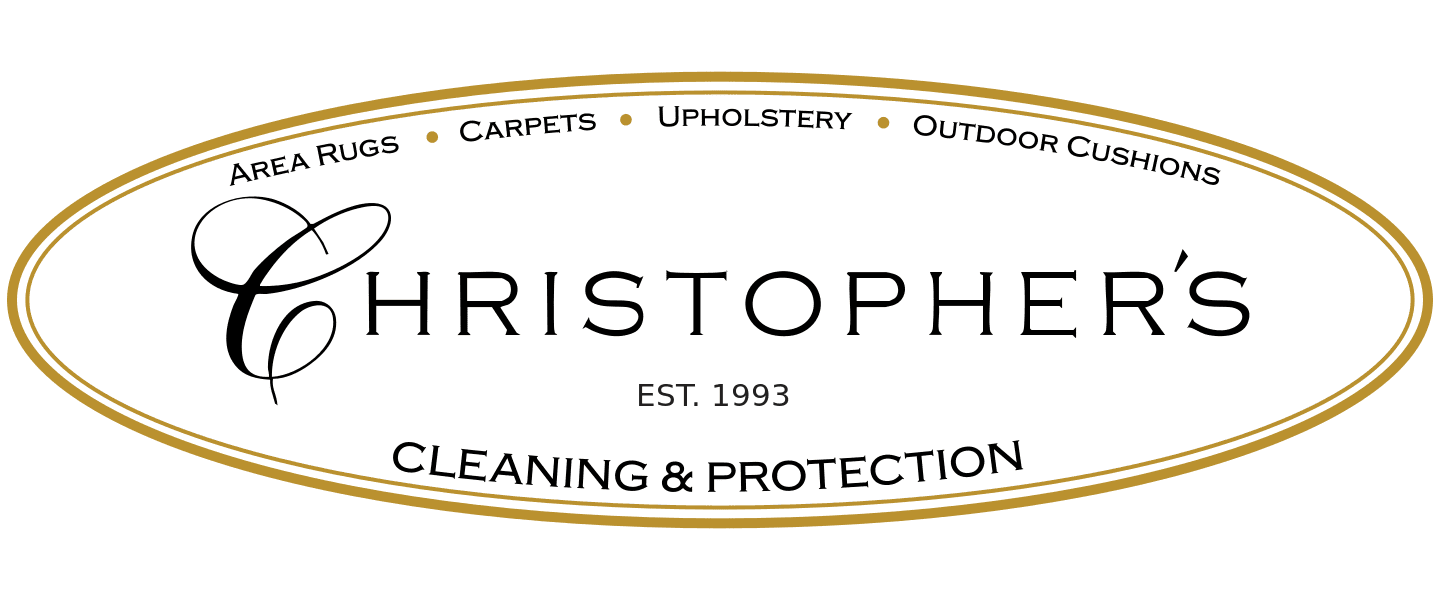Fabric Protection FAQs
What is Protective Treatment / Fabric Protection / Protectants?
All three terms mean exactly the same thing and are used interchangeably. Protective treatment (or fabric protection) is a topically applied non-toxic, hypo-allergenic repellency enhancer for natural and synthetic fibers. It is important to note that protective treatments should not be confused with water proofing.
Is it true that you can simply 'wipe up' spills and they will disappear from treated textiles?
Sometimes. It is dependent on the tightness of the weave of the fabric (pile count per square inch for carpet and rugs) AND the consistency and volume of the spilled substance. This is the best case scenario when it does happen but one should not expect to see this result every time a spill occurs.
Is it true that if a textile is protected, it will not get dirty as quickly?
No. Carpet and upholstery will become soiled just as quickly as it would have otherwise. Fabric protectants have nothing to do with the rate that something becomes soiled. It will however, make interim cleaning and routine maintenance more effective.
Does protective treatment have an odor?
Yes; but only when initially applied and while drying. When dry, the protective treatment is odorless. All quality protectants have an mild odor when wet, that some say is remotely similar to that of fresh paint.
Is the protectant harmful?
No. In fact, once the protectant is applied it is non-toxic and hypo-allergenic. The protectant surpasses all State of California V.O.C. standards.
Will protective treatment alter the feel, texture or color?
The protective treatment used by Christopher's was designed so that it will not alter the color, nap or texture of any natural or synthetic fiber but we cannot guarantee that every fabric or carpet fiber is colorfast or will not exhibit some change of texture when a topical application is applied. On request, if you provide a sample, we are happy to treat it and you can use it as a comparison to the item you are considering having fully treated.
Does the protectant need to be reapplied?
It depends. Protectants wear off with time and abrasion from regular use and should be reapplied annually if the owner wants to keep a 100% level of protection on the areas of highest traffic or use. However, each case is different, so when your one-year membership is about to expire, a Christopher's representative will contact you to help assess if reapplication is necessary.
Can I walk on freshly protected carpets?
Safety first! Walking on wet/freshly treated carpet creates a slip and fall hazard. Safe drying time is usually 6-8 hours (dry to the touch) but in rare cases can take up to 24 hours. Check to see if dry before walking on recently protected carpet and rugs OR err on the side of safety and avoid/prevent foot traffic for 24 hours. If you do walk on wet carpets, avoid tracking the protectant onto other floor surfaces. While not common, the protectant can etch stone or wood surfaces if not promptly cleaned. And finally, foot traffic before drying will degrade the quality of the job. Imagine washing your hair and then not brushing or combing; however it dries is how it will look. When carpets are cleaned, their fibers are pulled (mostly) into an upright position, if it is allowed to dry like this the carpet will look better, longer. If premature foot traffic is allowed, it will bend the fibers and thus reduce the aesthetics of cleaning. It will still be clean, it just won't look as good as it could.
Can I apply an off-the-shelf protectant myself?
Yes, of course, but there are risks and trade-offs. Well-intentioned people can easily over-apply a consumer-grade protectant, possibly resulting in permanent damage to their own belongings. Consider the cost of the protectant and compare it to the cost of your furniture or carpet and decide if you really want to gamble ruining your own treasured textiles to save a few dollars by applying this yourself? If you proceed, be careful. Remember that you have the support of a textile care company backing you up should a mishap occur.
Is there a difference between you and ‘big name’ services?
Christopher’s, Inc. is not a franchise or part of a larger organization. We do not rely on advertising or host businesses to support ourselves. We are a small, local (and unadvertised), textile care service focused solely on delivering unparalleled services and reliability. All of our services are tailored directly by the clients we serve.
Why renew my annual Membership?
Like insurance, when you don't think you need it any longer, you often discover (usually unpleasantly) that you simply shouldn't go without it. Designed by our clients themselves, our memberships are a wise investment if you truly treasure your textile investments. Rest easy knowing that your textiles have a plan for when the inevitable spill, pet accident, smudge or smear occurs. Need more reasons? First, consider that the replacement cost of any one item that could have otherwise been saved via up to date protective treatment and priority spot cleaning service almost always outweighs the cost of applying the protection in the first place. Add to the actual cost the following considerations: How long would it take to replace any one item? Is the fabric still available? If yes, will the dye lot match satisfactorily? If no, and the damaged item is a dining chair, what is the cost to reupholster the set? Second, be aware that protective treatment wears off over time and needs to be reapplied periodically (especially for regular use, high value and unique textiles). We recommend annual reapplication for most items. Finally, a sobering statistic: Over the years it is estimated that we have saved (from permanent damage) millions of dollars worth of textiles via our memberships.
